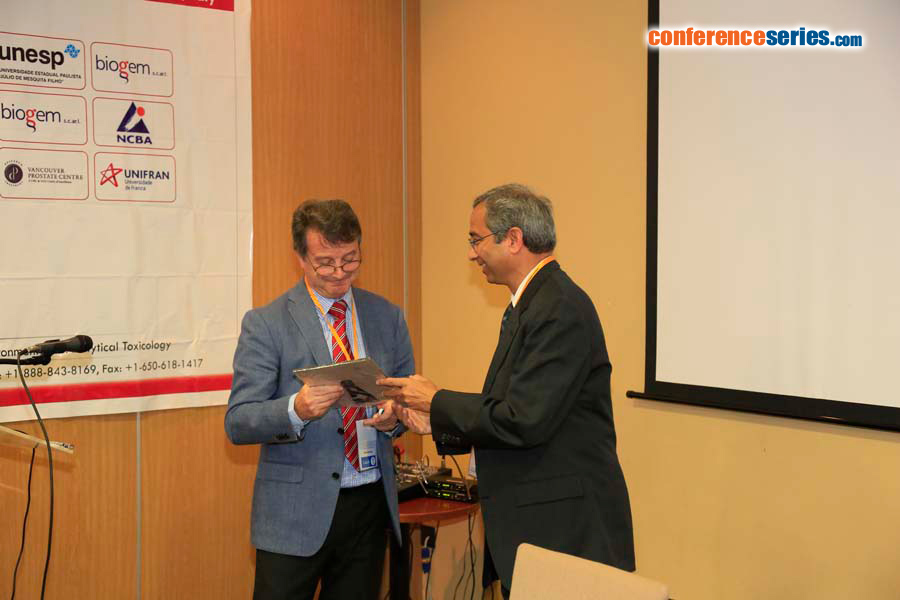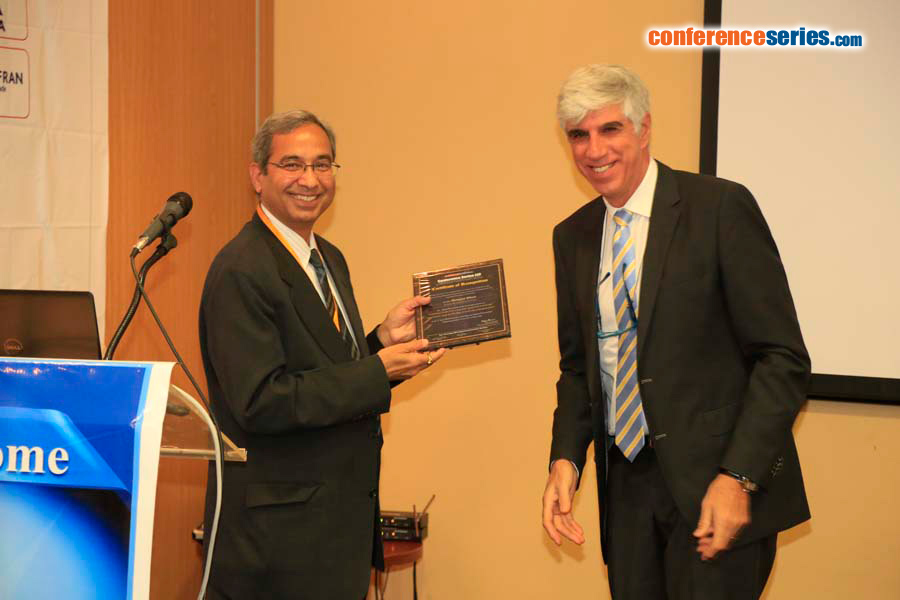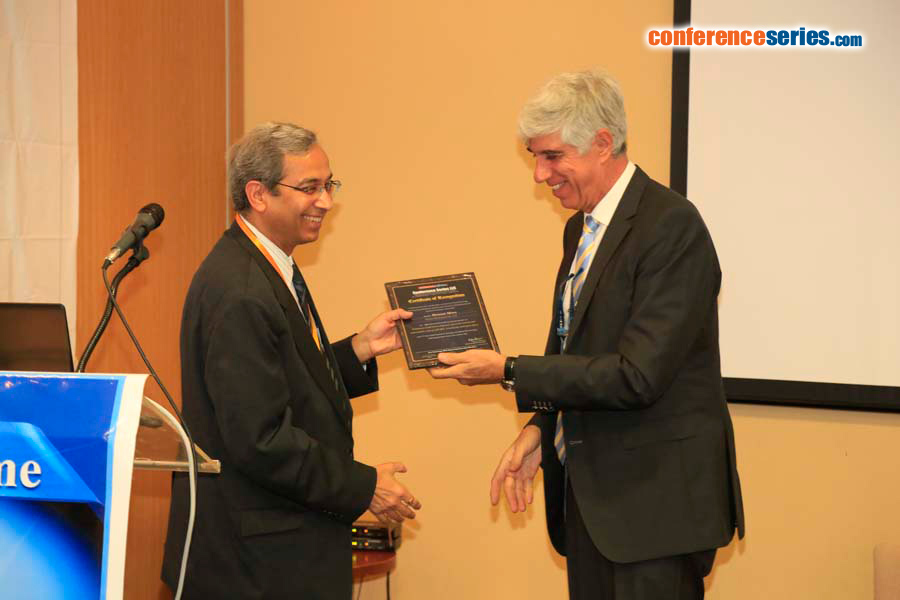
Hemant Misra
Prolong Pharmaceuticals, USA
Title: Toxicology studies and results for determining safety of a novel anti-neutropenic factor–ANF-Rho™
Biography
Biography: Hemant Misra
Abstract
ANF-Rho is a novel polyethylene glycol-modified granulocyte colony stimulating factor that has biophysical and biological
properties that produce a distinct pharmacokinetic and pharmacodynamic profile as compared to pegfi lgrastim
(Neulasta®). ANF-Rho was evaluated in a series of studies to assess the pharmacokinetics, pharmacodynamics and toxicity in the rat and primate as compared to Neulasta®. Rats were made neutropenic by injection of cyclophosphamide to determine pharmacokinetic and pharmacodynamics eff ects of ANF-Rho. Both single and repeat dose toxicity studies administered for up to 5 once weekly doses. Endpoints for toxicological studies included clinical observations, body weights, food consumption, ophthalmic exams, neurotoxicity, clinical pathology, immunogenicity, necropsy and histopathology. Pharmacokinetics were determined following subcutaneous (SC) or intravenous (IV) administration of either 50, 75 or 100 μg/kg in Sprague Dawley rats and 10 or 100 μg/kg in cynomolgous primates. Neulasta was dosed at 100 μg/kg. Analysis of variance (ANOVA) with a Dunnet’s post-hoc test was performed to demonstrate signifi cant diff erences (p<0.05) between treatment groups. The halflife
of ANF-Rho SC in the rat ranged from 17.99 to 18.05 hours for the 3 doses as compared to 5.63 for the Neulasta group. Pharmacodynamic analysis of the area under the curve (AUC) kinetic analysis showed the absolute neutrophil count (ANC)
of ANF-Rho was equivalent at 4X lower dosage (25 vs. 100 ug/kg) and yielded signifi cantly higher ANC than Neulasta when administered at equivalent 100 μg/kg dosage. ANF-Rho yielded a 4-6 fold increased in de novo neutrophil (CD34+) counts. No observed toxicologically or signifi cant fi ndings for any endpoint in rats receiving a single dose of 100, 1000, 3000, 10000 or 25000 μg/kg of ANF-Rho in the rat for maximum tolerated dose (MTD) study. No clearly adverse eff ects were seen following treatment with ANF-Rho in rats over a 28 days treatment period with a calculated NOAEL of 1000 μg/kg. Primates were dosed with 250 or 750 μg/kg. Th e NOAEL was to be determined to be greater than 750 μg/kg. Rat neutropenia dosage model results found that the blood pharmacodynamics parameters of ANF-Rho were signifi cantly superior to Neulasta. Both PK and PD data demonstrate relatively predictable systemic exposures and activity following SC or IV dose levels in both rat and primate. The toxicology studies were unremarkable and suffi cient to support advancement of ANF-Rho into Phase I clinical studies.






